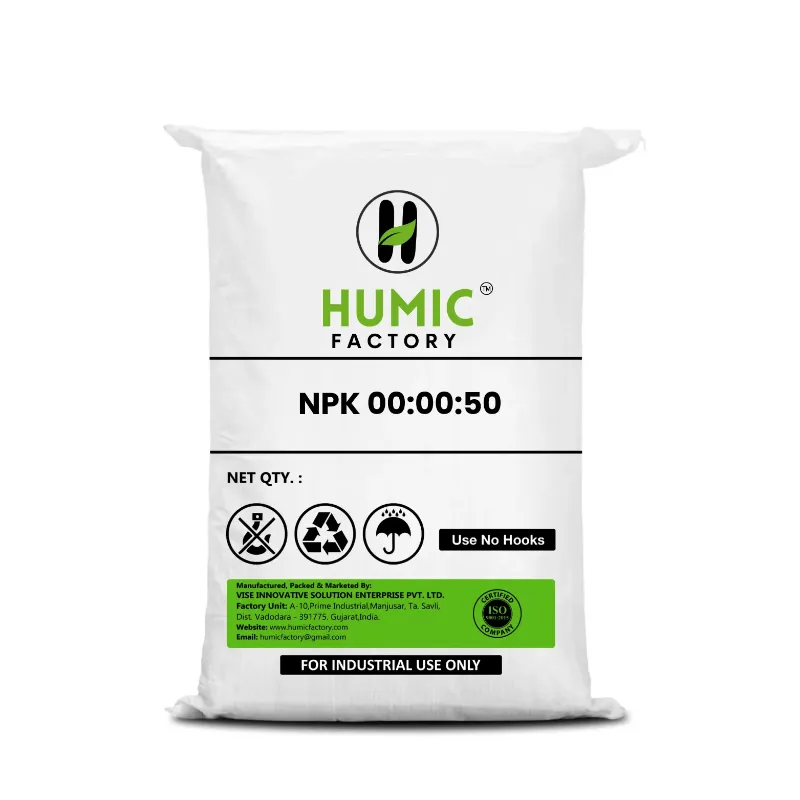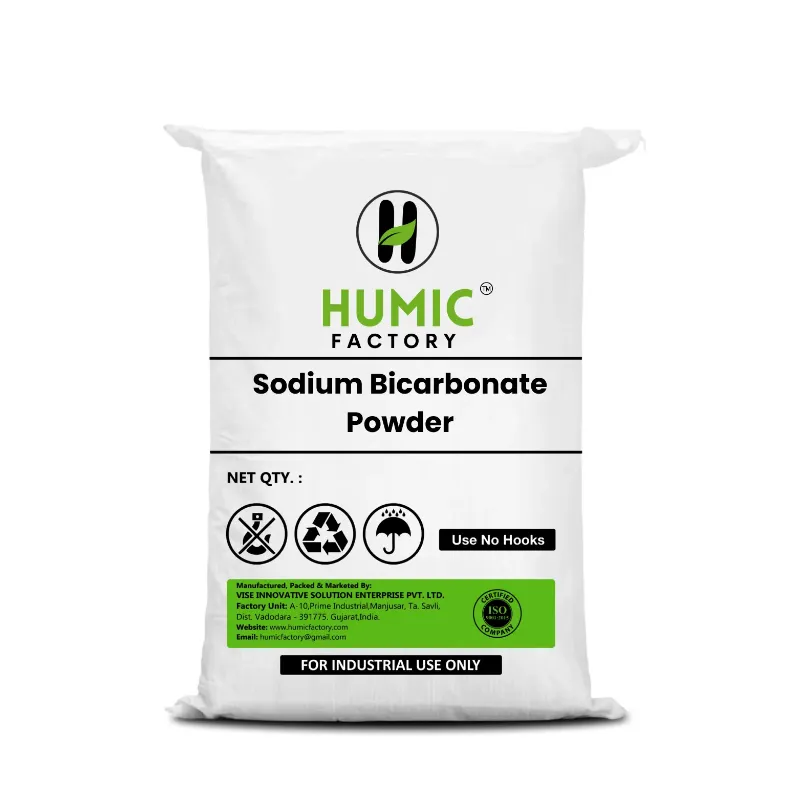Understanding the signs of NPK deficiency in plants is crucial for any gardener or farmer looking to achieve optimal growth and yield. The NPK ratio, representing nitrogen (N), phosphorus (P), and potassium (K), plays a vital role in the overall health of plants. When any of these essential nutrients are lacking, it can lead to a range of symptoms that may hinder your plants' growth. So, how can you recognize these signs and take corrective action? Let’s delve into this important topic. Before we explore the signs of deficiency, it's essential to understand why NPK is so critical for plant health: A balanced NPK ratio ensures that plants receive these essential nutrients in the right amounts, promoting overall health. While the above signs are more specific to each nutrient, there are some general indicators that can point to a broader NPK deficiency: To combat NPK deficiencies, consider incorporating Humic Factory products into your gardening routine. Our organic humic acids help improve soil structure, enhance microbial activity, and increase nutrient retention. By using our products alongside your NPK fertilizer, you can promote healthier soil and better nutrient uptake, giving your plants the boost they need to thrive. Recognizing the signs of NPK deficiency in your plants is the first step toward ensuring their health and productivity. By paying attention to symptoms like yellowing leaves, poor flowering, or slow growth, you can take action to correct nutrient imbalances. Utilizing a balanced NPK ratio and enhancing your soil with Humic Factory products can lead to thriving plants and bountiful harvests. Keep a close eye on your plants, and you'll be well on your way to cultivating a flourishing garden!The Importance of NPK
Signs of NPK Deficiency
Nitrogen Deficiency (N)
One of the first signs of nitrogen deficiency is the yellowing of older leaves, also known as chlorosis. This occurs because nitrogen is mobile within the plant; as the plant prioritizes growth, it pulls nitrogen from older leaves to support new growth. If you notice stunted growth and smaller leaves, along with a pale green or yellow hue, it's time to check your NPK ratio and consider adding a nitrogen-rich fertilizer.
Phosphorus Deficiency (P)
Phosphorus deficiency can be a bit tricky to spot. Plants may exhibit dark green or purplish leaves, particularly on the undersides. This is because phosphorus is vital for energy transfer and photosynthesis. If your plants are not flowering or producing fruit as expected, and the leaves appear discolored, your NPK ratio might need adjustment.
Potassium Deficiency (K)
When potassium is lacking, you'll likely notice brown tips on the leaves, curling or wilting, and poor overall vigor. Potassium is crucial for water regulation, so symptoms often appear during dry periods. If your plants look stressed and have poor root systems, you might be dealing with a potassium deficiency.Other Deficiency Symptoms
The Role of Humic Factory Products
Conclusion


Submit your contact number to receive exclusive updates
Something went Wrong Please try again!!!
Bulk Purchase
Get Bulk Discount
Get Discount Code now
फोन नंबर सबमिट करे और ऑफर पाए
We believe farming is hard. This is our attempt to support farmers. Submit your contact details to receive a discount and other offers from Humic Factory.

Recommended Products
COPYRIGHT © 2024. All Rights Reserved By Humic Factory


